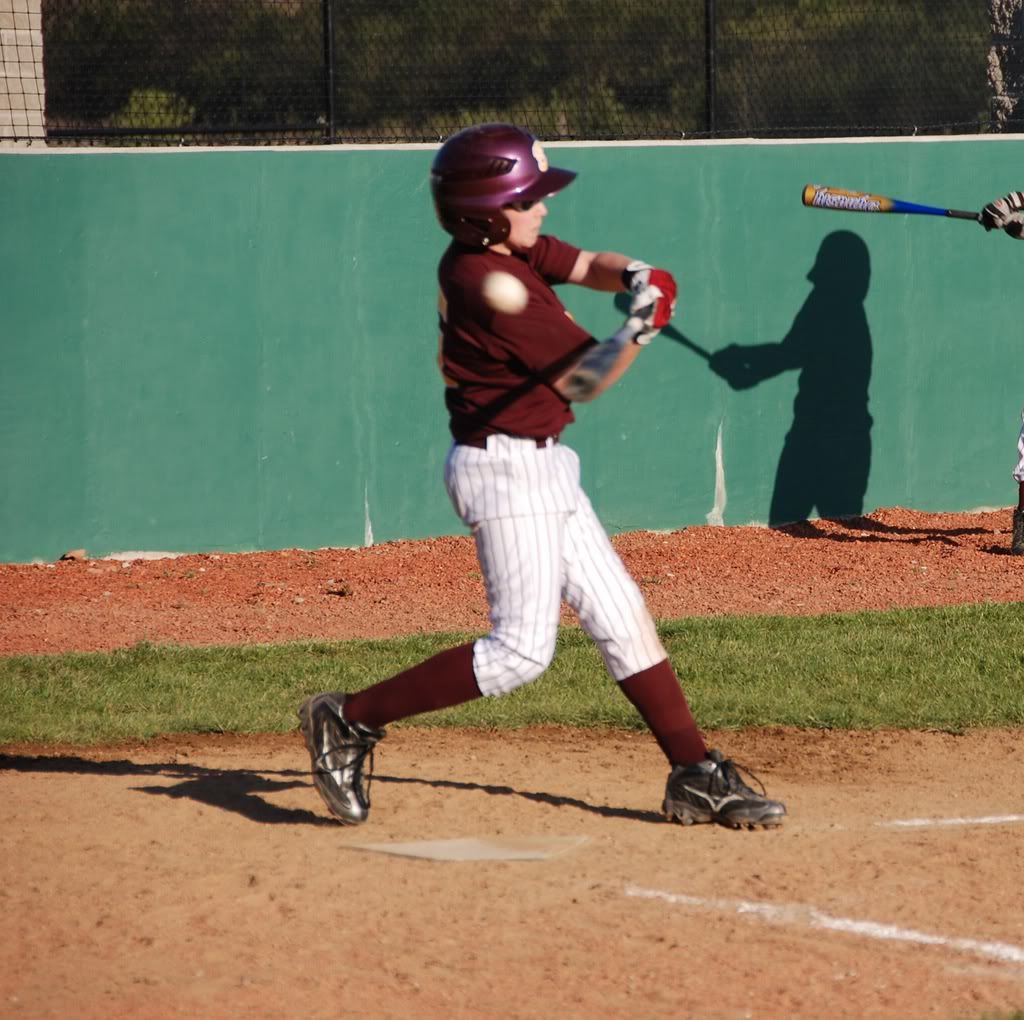Each of us have muscle fibers that are both fast and slow. Some kids are blessed and born with more fast twich muscle fibers that relate to quickness and speed, and explosiveness. Same holds true for hand-eye coordination. These are gifts.
You see these kids every so often. They are the ones who do things at a very young age that makes you say, "he's a natural". Ask PG, he sees the annual crop, except maybe a few

. They are a thing of beauty.
For those not as blessed, don't underestimate the importance of all the physical drills and hand-eye development drills that will need to be applied in the batters box, especially when you get down in the count, and/or get fooled.
At a higher level of baseball, you may get one true hittable pitch in a plate appearance where you can apply the hitting approach you learn to perfection. After that, it becomes more toolsy, for lack of a better term.
When you see a hitter down in the count, say 1-2 drive a low outside pitch into the opposite field gap with authority and power, you can bet that one second in time for the hitter had more variables being generated than a quadratic equation.
Don't underestimate the importance of the physical aspect of hitting.

It can turn a bad at bat into a productive one !!



